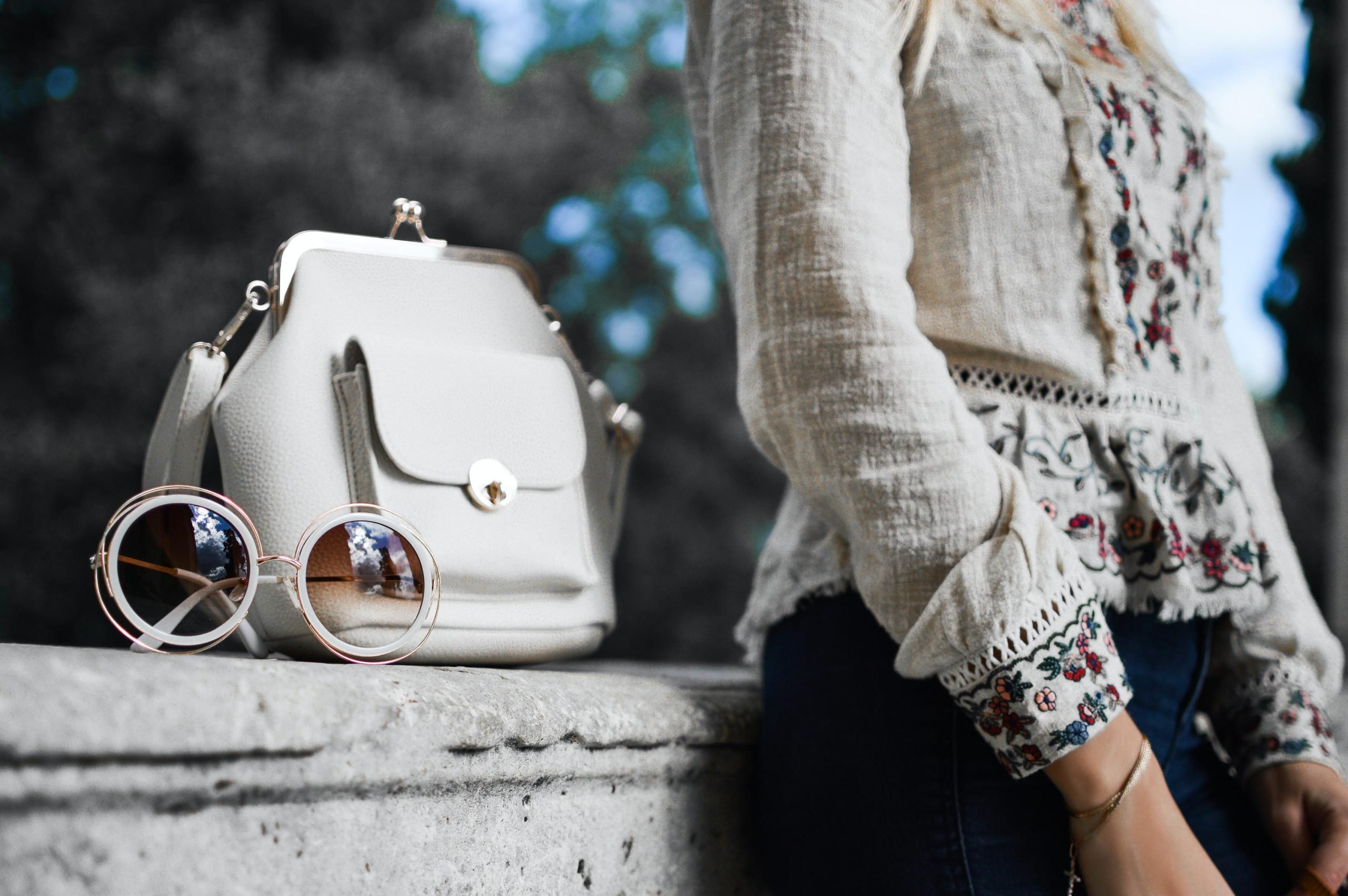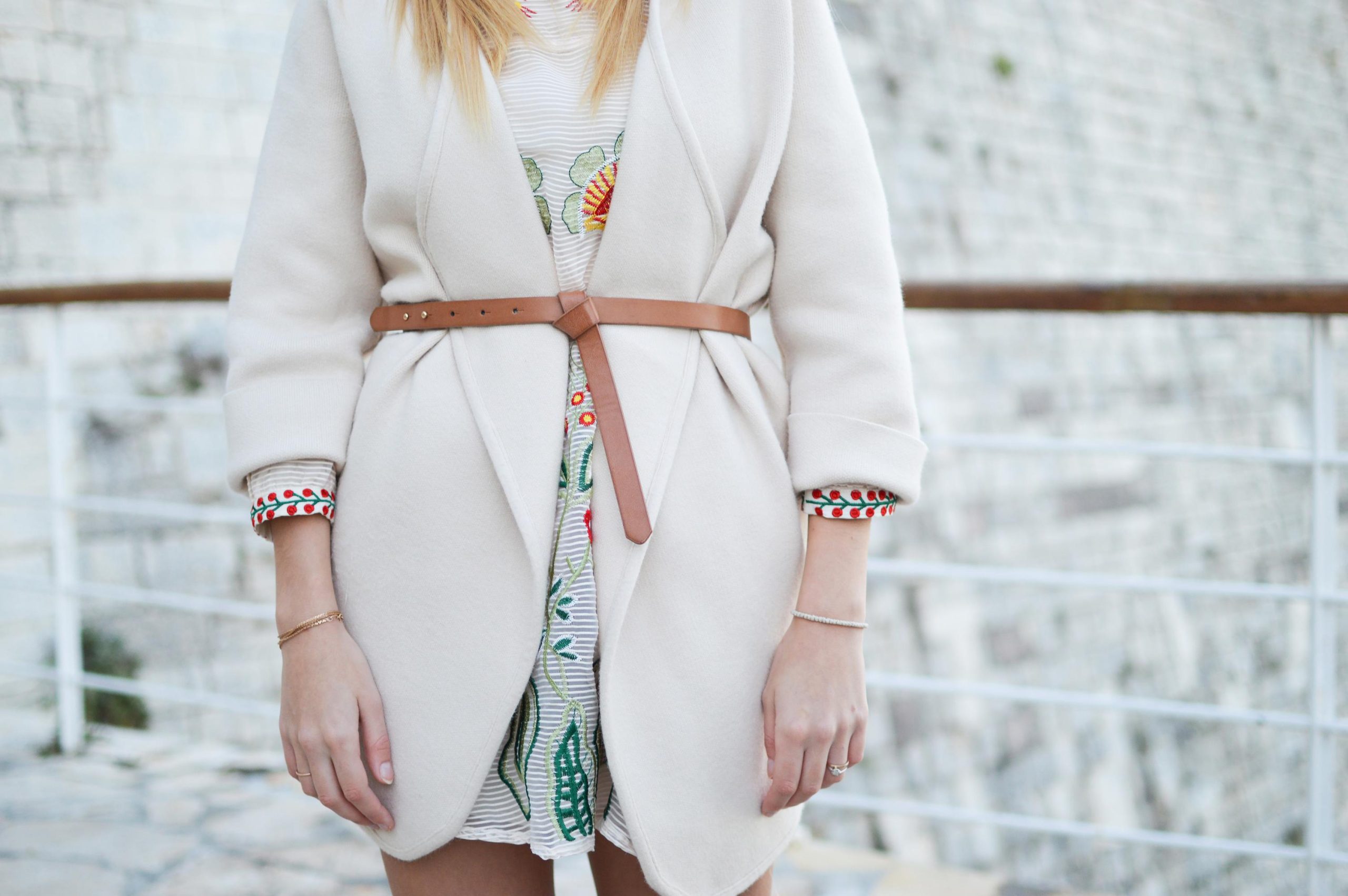The fashion industry has come a long way from its humble beginnings, and as we approach over a decade into the 21st century, fashion is constantly evolving. With the increasing need for sustainability, rise of social media and changing consumer preferences, the future of fashion is rapidly changing and the next decade is shaping up to be an exciting one for fashion enthusiasts. In this blog, we will explore the future of fashion, highlighting the trends, technology and the impact it will have on the industry.
Read on to discover what to expect in the next decade for the future of fashion.
Sustainability in Fashion
Sustainability in fashion is becoming increasingly important as consumers become more aware of the impact of fast fashion on the environment. In the next decade, we can expect to see more sustainable materials and production methods being used by fashion brands.
This includes the use of recycled and upcycled materials, as well as the development of new materials that are more sustainable than traditional fabrics. Brands may also focus on reducing waste and emissions in the production process, and ensure ethical practices are used in all stages of production. With sustainability being a key focus, we can expect to see more conscious consumers seeking out and supporting fashion brands that prioritize environmental and social responsibility.

Trends in sustainable fashion
As the fashion industry continues to shift towards sustainability, there are several trends that may become more prominent in the next decade. One trend is the rise of circular fashion, where materials are recycled and reused to create new products. Another trend is the development of biodegradable materials that can be easily broken down and have minimal impact on the environment.
Fast fashion may also continue to decline in popularity as consumers shift towards more sustainable and long-lasting clothing options. Finally, brands may start to offer more customization options and focus on creating timeless designs that can be worn for years to come.
Overall, sustainability is the future of fashion and consumers can expect to see more innovative and responsible practices in the industry in the coming years.
Future predictions on sustainable fashion
Sustainability is not a mere trend, but rather a necessity for the fashion industry to accommodate in the next decade. The future of sustainable fashion is marked by technological advancements and innovation aimed at minimizing the industry’s carbon footprint. One futuristic development is the use of 3D printing technology to create clothing and accessories, reducing waste and creating precise designs.
Smart textiles with embedded sensors that can monitor body temperature, moisture and overall health are another example of the technological advancements in sustainable fashion.
As sustainability continues to be a top priority, consumers can expect brands to become more transparent about their production process and sourcing of materials.
The movement towards more ethical and fair trade practices are also expected to grow, with consumers demanding responsible and conscious clothing production.
The fashion industry is evolving. The future of fashion offers consumers endless possibilities and greater choices, from recycled garments to custom-made clothing.
The next decade will see us move towards a more sustainable and responsible fashion industry that will reap benefits for all – from the planet to individual consumers.
Challenges in implementing sustainability in the fashion industry
While there are exciting developments in sustainable fashion, there are also challenges in implementing these changes in the industry. One of the biggest challenges is the cost of sustainable materials and technologies, which can be significantly higher than traditional materials and production methods.
Another issue is the lack of standardization in sustainable fashion. With no universal definition of sustainability in fashion, it can be difficult for consumers to know which products are truly sustainable and which are simply marketed as such.
The fashion industry also faces the challenge of fast fashion, which prioritizes low prices and quick turnover of products, leading to unsustainable production and consumption habits.
It will take a shift in consumer behavior and mindset to prioritize quality over quantity and demand more sustainable options from brands.
Despite these challenges, sustainable fashion is crucial for the future of the fashion industry and the planet.
With a conscious effort from both consumers and brands, the industry can move towards a more sustainable future.
Technology in Fashion
Challenges in implementing sustainability in the fashion industry
The fashion industry is one of the largest polluters of the environment and a significant contributor to social issues. As a result, the industry is under increasing pressure to become more sustainable. The adoption of sustainable practices, however, is not without its challenges.
One of the primary challenges is the cost of sustainable materials and technologies. The production of sustainable materials such as organic cotton, hemp, and bamboo is higher, making it difficult for businesses to make sustainable options accessible to consumers.
Another issue is the lack of standardization in sustainable fashion. With no universal definition of sustainability in fashion, it can be difficult for consumers to decipher which products are truly sustainable. This can lead to greenwashing, a situation where companies market their products as being eco-friendly when they are not.
Finally, the fashion industry also faces the challenge of fast fashion. Fast fashion promotes low prices and quick production resulting in unsustainable consumption patterns that harm the environment and labor practices.
It is essential to shift consumers’ behavior and mindset towards a more sustainable fashion industry where quality is prioritized over quantity. This will drive the demand for eco-friendly brands and products. With a joint effort from both consumers and brands, we can make the fashion industry more sustainable.
Despite the challenges involved, sustainable fashion is crucial for the future of the fashion industry and the planet. The adoption of sustainable practices will result in significant environmental benefits, including the reduction of carbon emissions and preservation of natural resources.
Technology in Fashion
The rapid advancement of technology within the fashion industry has resulted in significant changes to production, marketing, and distribution over the past decade. Advancements such as 3D printing, augmented reality, and virtual reality have revolutionized the way fashion designers visualize and create their designs.
3D printing, in particular, has been a game-changer in the industry, enabling designers to create prototypes faster, cheaper, and with less material waste.
Augmented reality (AR) and virtual reality (VR) technologies are enhancing the shopping experience for customers, allowing them to try on outfits virtually before making a purchase.
Another significant area of development is the use of artificial intelligence (AI) in fashion. AI has made it possible to analyze a vast amount of data and identify trends in consumer behavior. This has resulted in personalized marketing, forecasting, and product recommendations that better suit customers’ preferences.
Overall, technology is driving change in the fashion industry, enabling innovation and a more sustainable future.
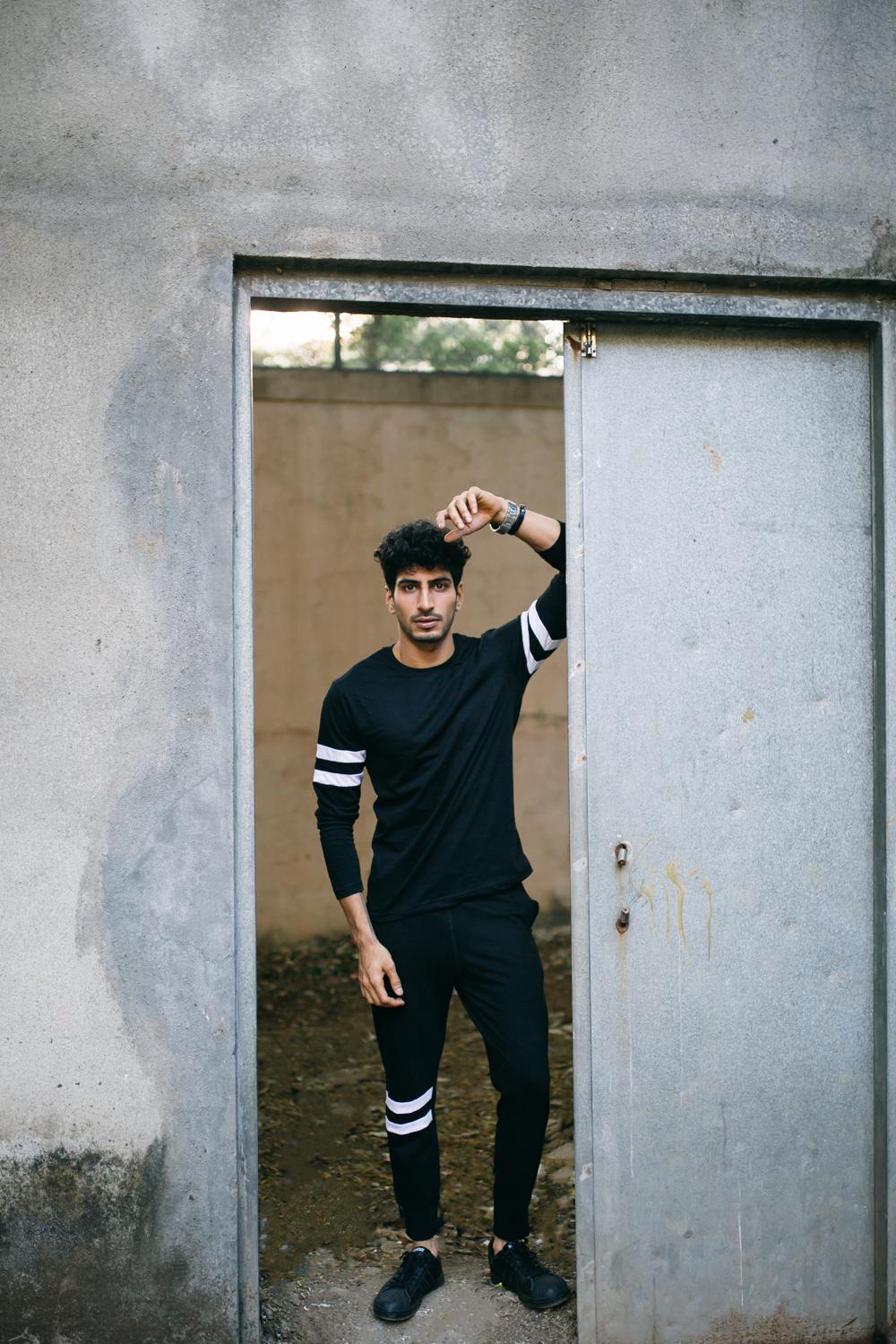
Overview of technology in fashion
The future of fashion is set to be shaped by technology and sustainability. In the pursuit of a more sustainable fashion industry, there are challenges to overcome, such as the cost of sustainable materials and lack of standardization.
However, the adoption of sustainable practices is crucial for the future of the industry and the planet. The advancement of technology within the fashion industry has revolutionized the way fashion is created, marketed, and distributed. 3D printing, AR/VR, and AI are all driving change and innovation in the industry.
By embracing both technology and sustainability, the fashion industry can move towards a brighter, more sustainable future.
Advancements in textile technology
One of the major advancements in technology within the fashion industry is in textile technology. Innovations in fabric production have led to the creation of sustainable fabrics such as recycled polyester, vegan leather, and bio-based materials.
High-tech textiles are also being developed with features like moisture-wicking, odor resistance, and UV protection.
Textile technology has also made it possible to create new and exciting designs with 3D printing and digital fabrication techniques. The use of digital design tools has enabled designers to create more intricate and detailed designs while minimizing waste.
As textile technology continues to progress, we can expect to see more sustainable, durable, and innovative fabrics in the fashion industry.
New trends in online shopping
Advancements in the fashion industry aren’t limited to just the design and manufacturing of clothing. Online shopping is also experiencing a shift in trends, with more consumers opting for sustainability and convenience.
Shopping apps have become increasingly popular, with features like virtual try-ons and augmented reality, enabling consumers to visualize how the clothing will look on them.
Online retailers are also implementing sustainable practices by reducing packaging waste and offering eco-friendly delivery options.
Moreover, e-commerce fashion marketplaces like Poshmark, ThredUp, and Depop, have given rise to the second-hand clothing market, providing a sustainable and affordable alternative to fast fashion.
The future of online shopping in the fashion industry looks promising, with more sustainable and convenient options to cater to the evolving demands of consumers.
Predictions for AI in fashion
As technology advances, so does the integration of artificial intelligence (AI) in the fashion industry. AI has already been used for personalized recommendations and inventory management, but the future holds even more possibilities.
One potential use for AI is in the design process, allowing for faster and more accurate pattern-making and prototypes.
AI could also be used for predictive analysis, anticipating consumer trends and demands.
Another exciting possibility is the use of AI in on-demand manufacturing, allowing for customized and sustainable production on a larger scale.
Overall, AI has the potential to revolutionize the fashion industry, creating a more efficient and sustainable future.
Social Responsibility in Fashion
In addition to the advancement of technology, the fashion industry is also experiencing a shift towards increased social responsibility. Consumers are becoming more aware of the environmental and ethical impact of their fashion choices, and are demanding change from brands.
As a result, we can expect to see more sustainable and ethical practices in production and supply chains, as well as a push towards transparency and accountability from brands.
Moreover, the industry will likely continue to prioritize diversity and inclusion, ensuring representation and accessibility for all consumers.
By embracing social responsibility, the fashion industry has the potential to make a positive impact on both people and the planet, creating a more equitable and sustainable future.
The Rise of Virtual and Augmented Reality
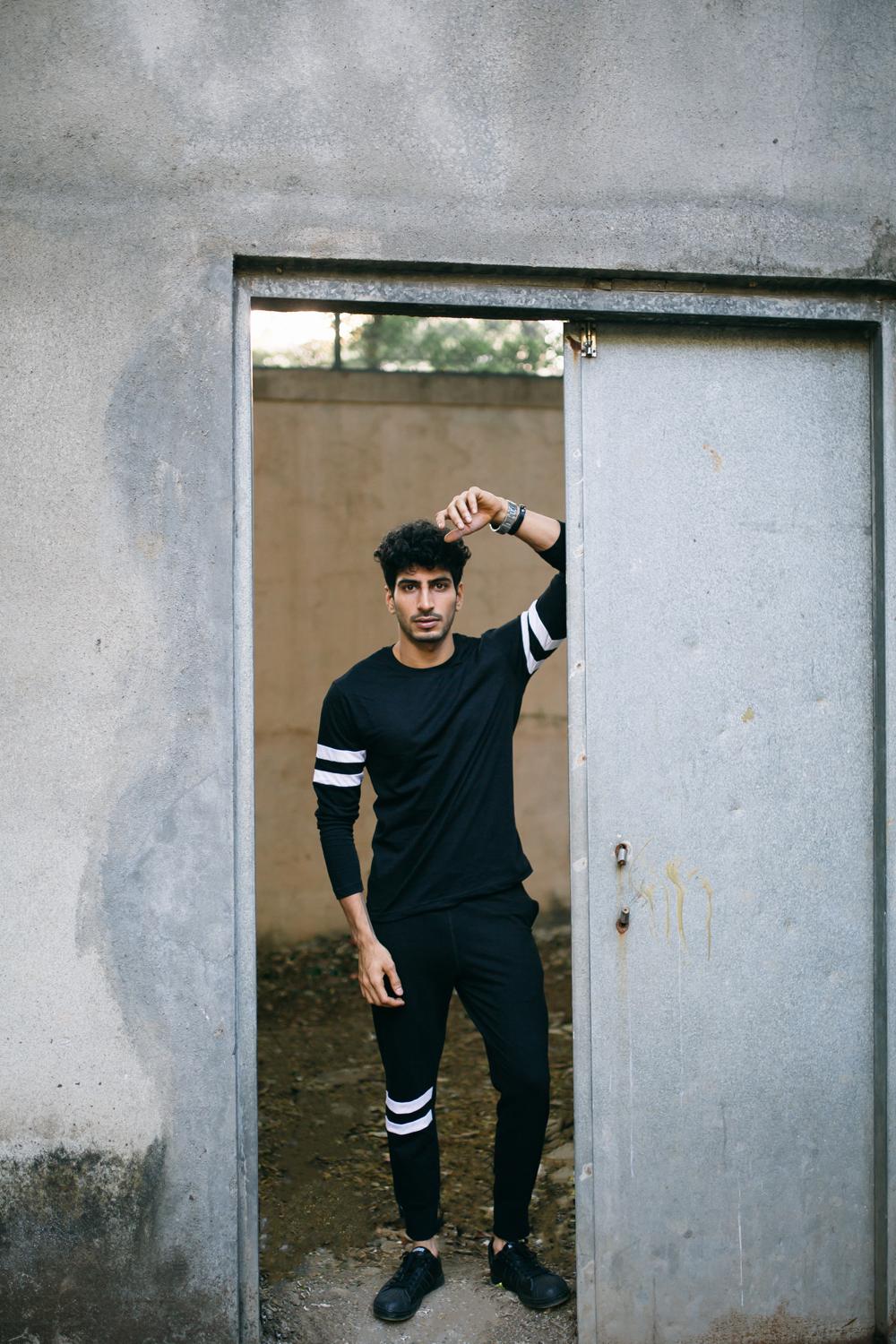
The role of fashion in social responsibility
The fashion industry is evolving at a rapid pace, and the next decade promises to bring about some exciting changes. One of the most significant shifts is the increased focus on social responsibility.
Consumers are now more conscious of the impact of their fashion choices on the environment and society. This has led to a demand for more sustainable and ethical practices in production and supply chains. Brands are also expected to be more transparent and accountable.
Additionally, diversity and inclusion will remain a priority in the industry, ensuring accessibility and representation for all. By embracing social responsibility, the fashion industry has the potential to create a positive impact on people and the environment.
Another notable change is the rise of virtual and augmented reality in the fashion world. These technologies allow consumers to try on clothing and accessories virtually, making shopping a more immersive and interactive experience. The future of fashion looks promising, with brands increasingly focused on sustainability, social responsibility, and innovation.
Unethical labor practices in the fashion industry
In recent years, the fashion industry has faced increasing scrutiny over unethical labor practices. Many brands have been exposed for exploiting workers in developing countries, paying them low wages and providing poor working conditions.
The next decade will see a continued push for brands to improve their labor practices, ensure fair wages and safe working environments, and address issues related to child labor and forced labor. Consumers are increasingly demanding that fashion brands take responsibility for their supply chains and prioritize ethical production. The industry must take a proactive approach to address these issues and work towards establishing fair labor standards for all workers.
The future of fashion is dependent on ethical and sustainable practices, and addressing labor practices is a crucial step in that direction.
Changes in fair trade and ethical fashion
The next decade will likely bring significant changes to fair trade and ethical fashion. As consumers become more conscious of the impact of their purchases, brands will increasingly prioritize sustainable and ethical production. This will lead to a greater demand for fair trade certification and transparency in supply chains.
Brands that embrace ethical and sustainable practices will stand out and gain a competitive edge in the market. Additionally, as the industry works towards establishing fair labor standards, there will likely be an increase in worker-owned cooperatives and other alternative business models that prioritize worker rights and empowerment.
Overall, the future of fashion is one that values people and the planet as much as profits.
Future predictions for social responsibility in fashion
In the next decade, social responsibility will continue to be a driving force in fashion. Brands will be expected to take a stand on important issues such as diversity, inclusivity, and environmental impact. This means that fashion companies will need to have a clear mission, vision, and values that align with consumer expectations.
There will also likely be an increase in collaborations between fashion brands and social justice organizations, as companies seek to make a positive impact in their communities and beyond. Additionally, technological advancements such as blockchain and machine learning will enable brands to increase transparency and accountability, providing consumers with more information about their garments’ journey from raw materials to finished products.
Ultimately, the fashion industry’s future success depends on its ability to balance innovation, creativity, and social responsibility.
The Rise of Inclusivity in Fashion
In recent years, there has been a significant shift towards inclusivity in the fashion industry, with models of different ages, sizes, genders, and ethnicities being featured on the runway and in campaigns. This trend is likely to continue in the next decade, as consumers demand greater representation and diversity. This will result in fashion brands creating more inclusive sizing options, expanding their product lines to cater to diverse needs and preferences, and collaborating with influencers and celebrities who champion inclusivity.
It’s important to note that inclusivity is not just a passing trend but a necessary step towards building a more equitable and inclusive society.
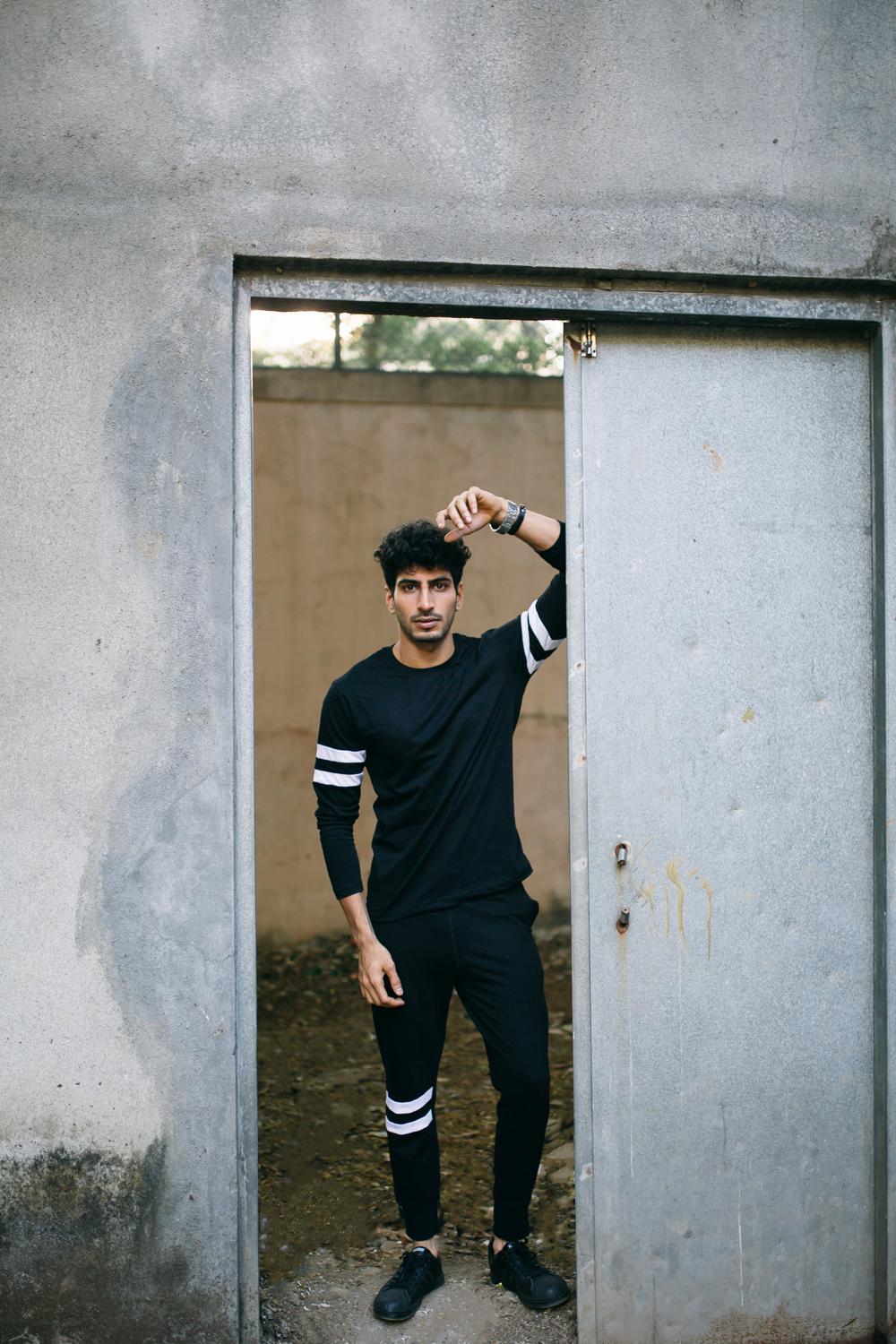
Definition and importance of diversity and inclusivity in fashion
Fashion has always been a reflection of society, and in recent years, the industry has made great strides in embracing diversity and inclusivity. Diversity refers to having a wide range of people from different backgrounds, ethnicities, cultures, etc.
, while inclusivity is the practice of creating an environment where everyone, regardless of differences, feels included and valued. In fashion, this means recognizing that people of all ages, sizes, genders, and ethnicities consume fashion and deserve to be represented. The importance of diversity and inclusivity in fashion cannot be overstated, as it promotes acceptance, equality, and self-expression for all individuals.
Current trends in inclusive fashion
As the fashion industry continues to evolve, designers and brands are taking note of the importance of inclusivity and diversity. One of the biggest current trends in inclusive fashion is size inclusivity, which involves offering a range of sizes that cater to a wider range of body types. Another trend is gender inclusivity, which sees a rise in gender-neutral clothing lines that blur the lines between traditional men’s and women’s fashion.
Brands are also prioritizing sustainability, using eco-friendly materials and ethical production processes, which is important for both the environment and social responsibility.
Challenges in implementing inclusivity in the fashion industry
Despite the advancements in inclusive fashion, there are still challenges that need to be addressed. One major challenge is the cost of producing a wider range of sizes and styles.
This often results in limited availability, higher prices, and can discourage smaller brands from offering more inclusive options. Another challenge is overcoming traditional beauty standards, which have long been perpetuated by the fashion industry. Creating inclusive styles that celebrate all body types and reflect diverse cultures and identities is necessary.
Finally, ensuring that inclusive practices extend to all areas of the industry, from hiring practices to marketing strategies, is crucial for truly integrating inclusivity in fashion.
Future predictions for diversity in fashion
As the world becomes more diverse and inclusive, the fashion industry is following suit. Over the next decade, we can expect to see a shift towards inclusivity in all aspects of fashion – from runway shows to marketing campaigns.
There will be a greater focus on creating style options for all body types and skin tones.
Diversity will be celebrated, with models of all backgrounds and identities taking center stage. More designers will emerge who focus on creating sustainable and eco-friendly fashion, catering to a growing market of conscious consumers.
The future of fashion is bright, with an increasing emphasis on inclusivity, diversity, and sustainability. The industry is opening itself up to a wider range of consumers and reflecting the changing world around us, creating a more fashion-forward and socially responsible landscape.
Note The headings can be rearranged to suit the structure of the article. This is just an example of an outline for “The Future of Fashion What to Expect in the Next Decade”.
The fashion industry is no stranger to criticism for failing to represent the diversity of its consumer base. However, as the world moves towards becoming more inclusive and accepting of all individuals, the fashion industry is starting to follow suit.
In the next decade, we can expect to see a shift towards inclusivity in all aspects of fashion, with a focus on creating style options for all body types and skin tones. The future also looks bright for sustainable and eco-friendly fashion, with more designers emerging to cater to a growing market of conscious consumers. With an emphasis on inclusivity, diversity, and sustainability, the fashion industry is reflecting the changing world around us and creating a more fashion-forward and socially responsible landscape.
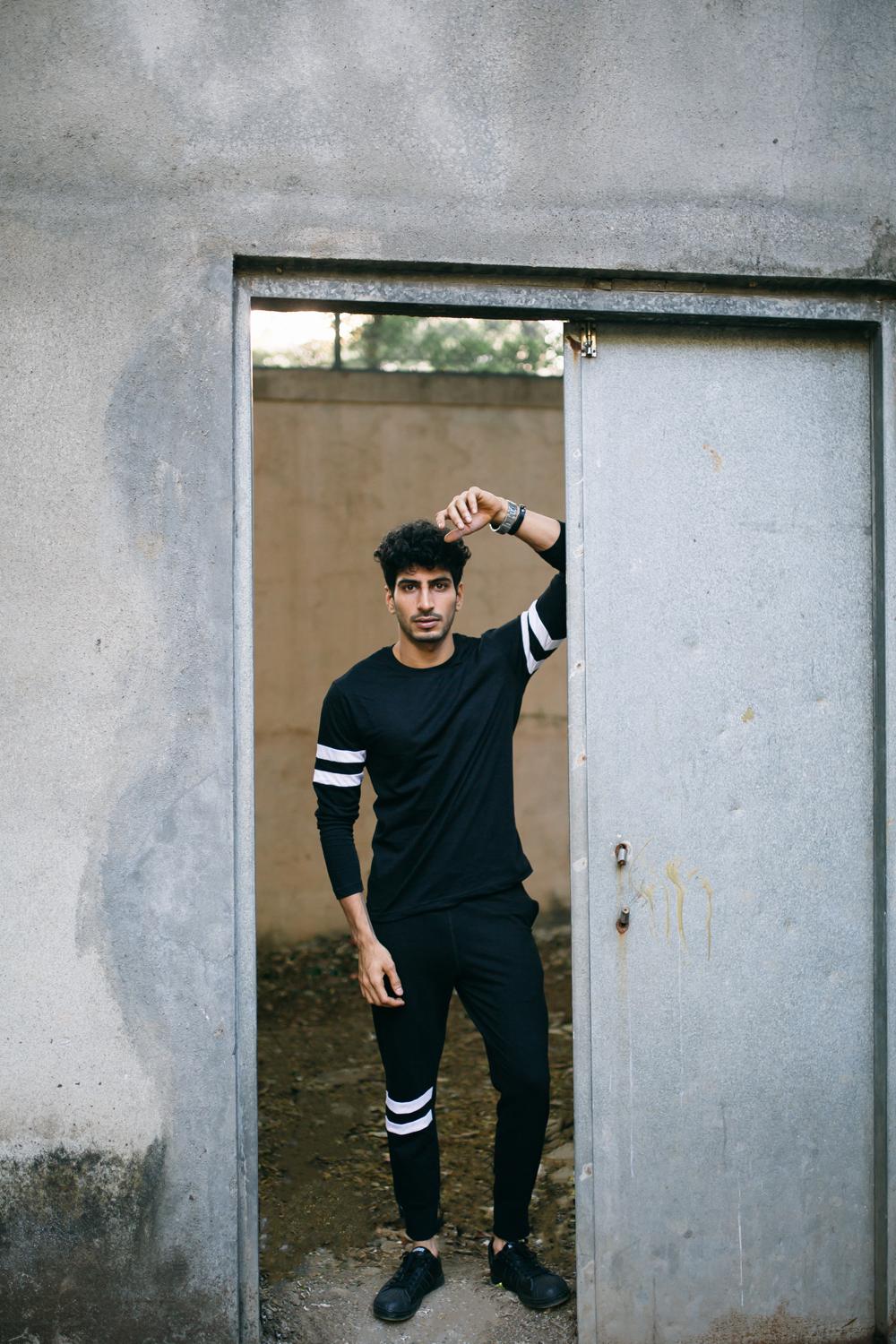
As the fashion industry continues to evolve, there are several trends that will likely shape the future of fashion. These trends include increased sustainability efforts, the rise of online shopping, and a focus on inclusivity and diversity.
Additionally, advancements in technology such as 3D printing and artificial intelligence will continue to impact the way clothing is produced and marketed.



